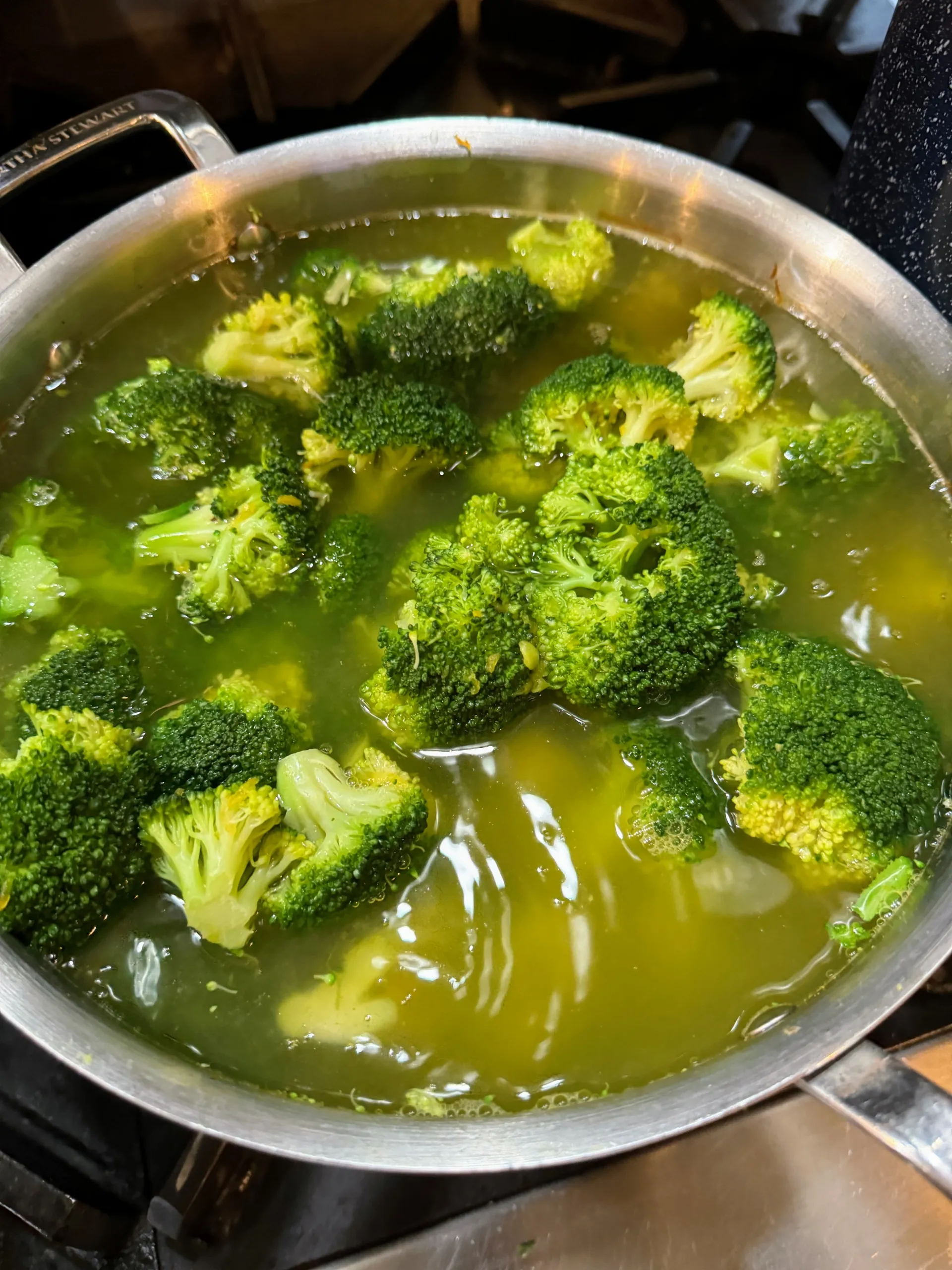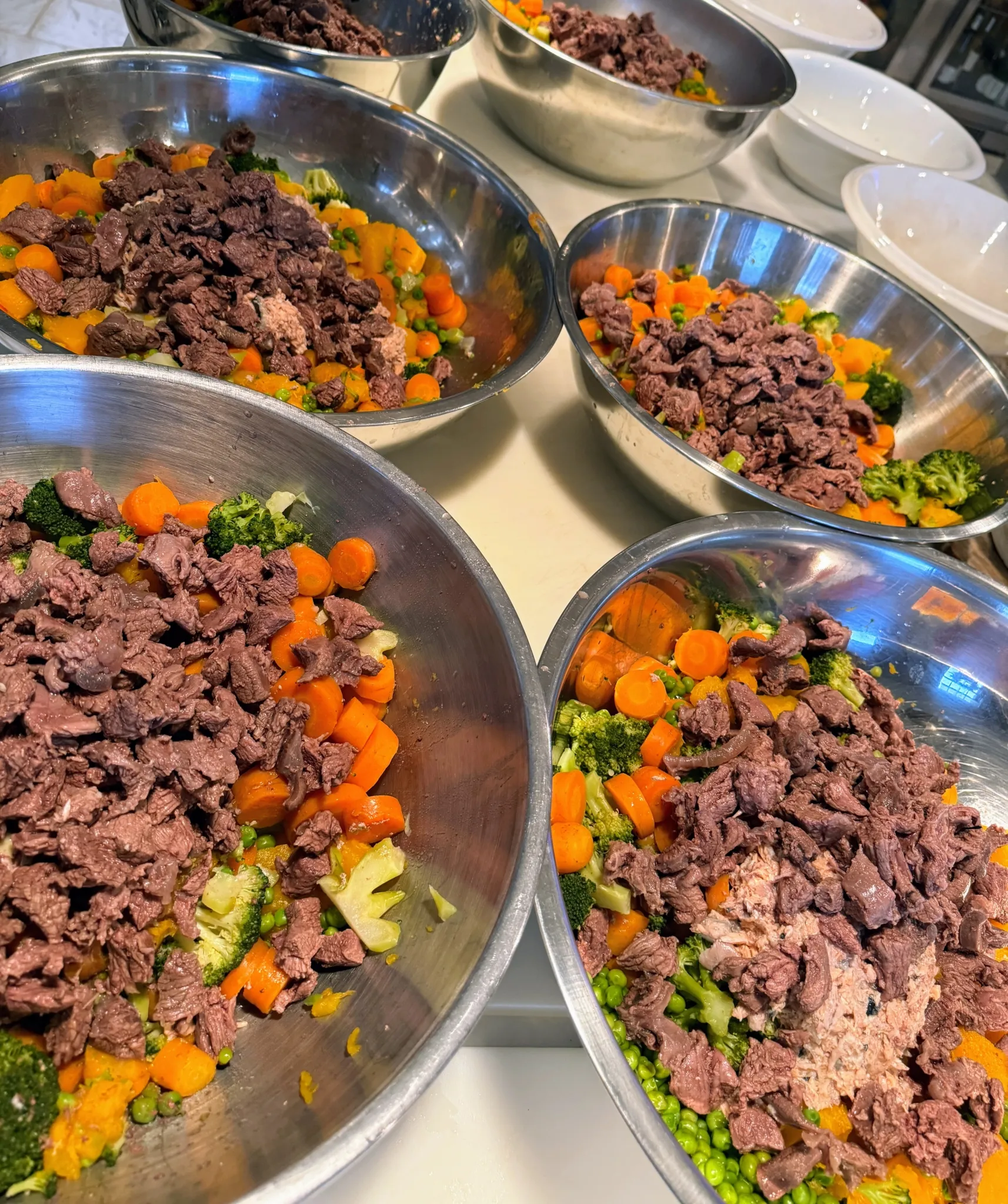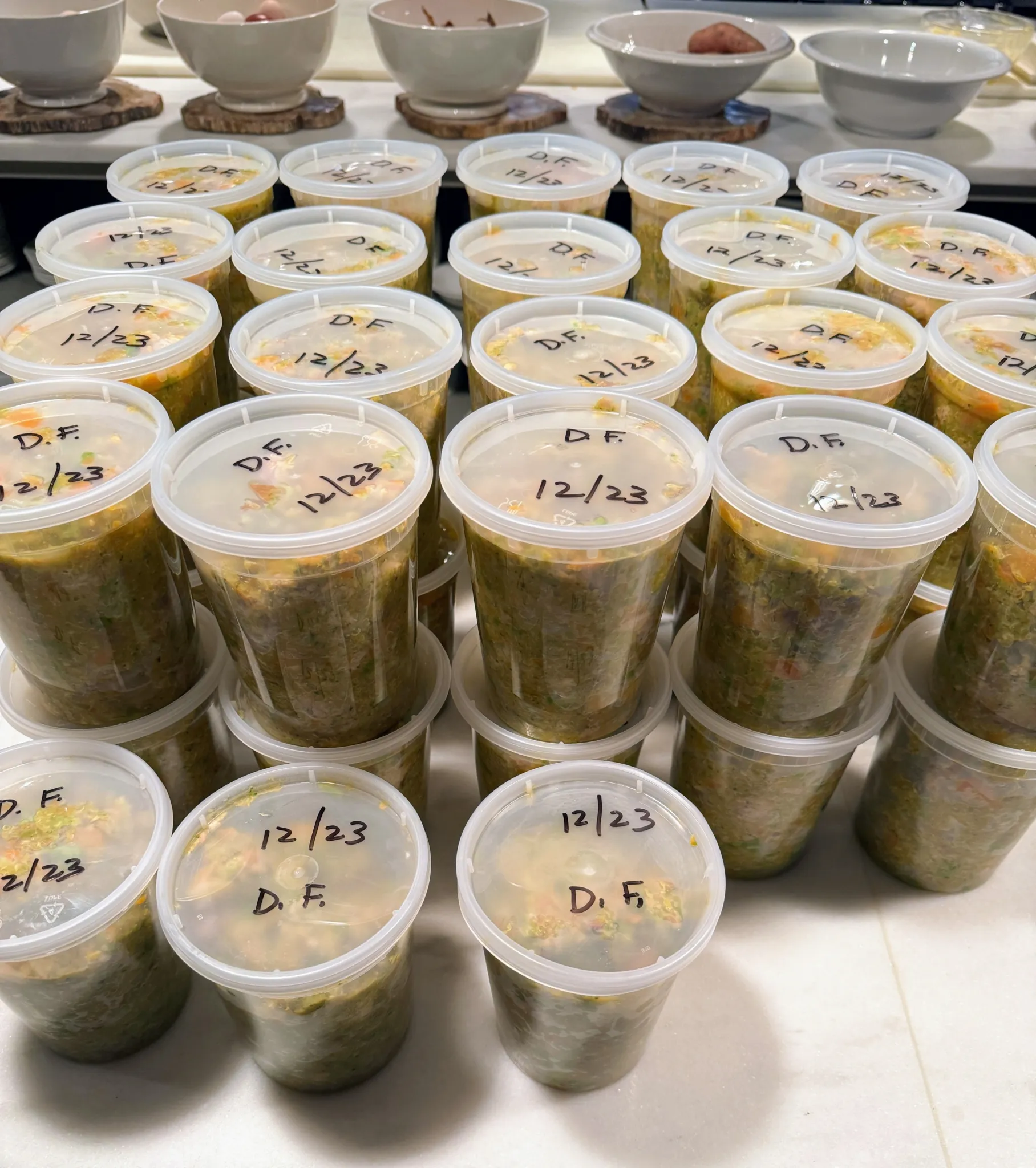Every dog owner dreams of providing the best for their beloved canine companions, and what could be better than a delicious, nutritious home-cooked meal? Just like humans, pets thrive on fresh, wholesome food free from excessive preservatives and artificial additives. For us at “Dog Care Story,” Making Dog Food ourselves has become a cherished routine, ensuring our furry family members – Crème Brûlée, Bête Noire, Empress Qin, and Emperor Han – enjoy meals crafted with love and the finest ingredients. This approach allows us to control every aspect of their diet, from sourcing organic, reputable ingredients to tailoring meals to their specific needs and preferences. It’s a rewarding experience that guarantees quality and freshness, surpassing many commercial options available. If you’re looking for ways to enhance your dog’s diet, diving into the world of homemade dog food is an excellent starting point, offering a level of care and transparency that’s hard to beat.
The Benefits of Homemade Dog Food
Choosing to prepare your dog’s meals at home offers a multitude of advantages that go beyond simply knowing what’s in their bowl. Firstly, it gives you complete control over the ingredients, allowing you to select high-quality, organic, and locally sourced components that might not be found in conventional dog kibble. This personalized approach means you can avoid common allergens, artificial colors, flavors, and preservatives that can sometimes impact a dog’s health and well-being. For instance, some commercial foods might contain ingredients that lead to urinary issues, and understanding what you’re feeding can help manage such concerns effectively, complementing choices like the best non prescription dry dog food for urinary health.
Homemade meals can also lead to noticeable improvements in your dog’s health, including a shinier coat, better digestion, increased energy, and a more robust immune system. The freshness and bioavailability of nutrients in freshly prepared food often surpass those found in heavily processed alternatives. Additionally, the variety you can introduce with homemade meals keeps dinner time exciting and ensures a broader spectrum of vitamins and minerals. Whether you’re comparing it to established brands or exploring options like eagle pack dog food, the tailored nutrition of a homemade diet stands out.
Essential Ingredients for a Balanced Canine Diet
Crafting balanced dog food at home requires a thoughtful selection of ingredients, ensuring your dog receives all necessary macronutrients (protein, fat, carbohydrates) and micronutrients (vitamins, minerals). A well-rounded homemade meal typically includes a lean protein source, a variety of nutrient-dense vegetables, healthy grains or starches, and beneficial fats.
Quality Protein Sources
Protein is fundamental for muscle development, tissue repair, and overall canine health. Lean meats like cooked salmon provide essential omega-3 fatty acids, crucial for skin, coat, and joint health. When preparing salmon or other fish, it is vital to meticulously check for bones, as even small ones can pose a choking hazard or cause internal injury. While a food processor can grind some bones, a thorough manual inspection is always recommended for safety. Other excellent protein options include venison (deer meat), lean ground beef, turkey, or chicken. Always ensure meats are cooked thoroughly to eliminate harmful bacteria.
 Cooked salmon, carefully checked for any potentially dangerous bones before processing.
Cooked salmon, carefully checked for any potentially dangerous bones before processing.
Power-Packed Vegetables
Vegetables are a cornerstone of a healthy homemade dog diet, offering vital vitamins, minerals, and fiber. Broccoli, for instance, is rich in vitamins C and K, and fiber. It should be boiled until tender for easy digestion. Carrots are another canine favorite, low in calories, high in fiber, and packed with vitamins, especially beta-carotene. They can be served cooked or, occasionally, raw as a dental treat. Green peas are a good source of B vitamins like Thiamin, as well as phosphorous and potassium; they only require a brief cooking time. Pumpkin, particularly plain canned pumpkin, is excellent for digestive health due to its high fiber content. Sweet potatoes are another fantastic addition, known for their dietary fiber, vitamin B6, vitamin C, manganese, and powerful antioxidant beta-carotene, all contributing to healthy digestion.
 Cutting up fresh heads of broccoli before boiling them until tender.
Cutting up fresh heads of broccoli before boiling them until tender.
Healthy Grains and Starches
While some debate the role of grains in a dog’s diet, certain options can provide beneficial carbohydrates for energy. Quinoa is an excellent gluten-free superfood, brimming with essential amino acids and high in protein. Due to its protein content, it should be given in small, balanced amounts as part of a homemade diet. Other options can include cooked brown rice or oats, always ensuring they are prepared plain without any seasonings.
The Process of Making Dog Food: A Step-by-Step Guide
Making dog food in batches can be an efficient way to ensure a consistent supply of healthy meals for your pets. Our process usually involves several key steps, designed for both nutrition and convenience.
Preparation and Cooking
Start by preparing each ingredient individually. Vegetables like broccoli and carrots are washed, chopped, and boiled until tender. Peas and pumpkin chunks are added briefly to cooking water. Meats, such as salmon or venison, are cooked thoroughly and then carefully checked for any bones. As each component is prepared, it is transferred into large stainless steel bowls, ready for the next stage of assembly. Varying the ingredients based on seasonal availability and what you have on hand from a garden can make the meals even more diverse and nutritious.
 A large batch of varied homemade dog food, including venison and garden vegetables.
A large batch of varied homemade dog food, including venison and garden vegetables.
Mixing and Processing
Once all ingredients are cooked and cooled slightly, they are combined. This is where the magic happens – all the wholesome ingredients come together to form a rich, nutrient-dense mixture. We then run the entire batch through a food processor. While this step might seem extra, many dogs prefer their food ground into a finer consistency rather than large chunks. This also helps in thoroughly mixing all the nutrients, ensuring an even distribution in every serving.
 All the cooked and prepared ingredients thoroughly mixed together in a large bowl.
All the cooked and prepared ingredients thoroughly mixed together in a large bowl.
Storage and Serving
Proper storage is crucial for maintaining the freshness and safety of homemade dog food. We use quart-sized containers, filling them efficiently in a production-line style process. If you plan to freeze the food, it’s essential to only fill containers up to the first line, allowing room for expansion. Each container is then labeled with its contents and the preparation date. Keeping your dog food fresh and safe from pests is paramount, and choosing the right dog food container to keep ants out is an important consideration.
 Labeled containers of homemade dog food, filled to allow for freezing expansion.
Labeled containers of homemade dog food, filled to allow for freezing expansion.
When it’s mealtime, we start with a scoop of high-quality kibble as a base, then add generous spoonfuls of the delicious homemade mixture. To further enhance digestion and add beneficial probiotics, we often include a spoonful of homemade yogurt. While many dogs are lactose intolerant, yogurt is typically easier to digest and provides valuable gut health benefits. Everything is then mixed equally into the bowls, along with any veterinarian-recommended supplements. Splitting meals into two servings a day – morning and evening – can also aid digestion and metabolism. This approach, combining kibble with fresh food, offers a balanced diet, similar to philosophies explored by services like just food for dogs dog food advisor and dog food advisor the farmer’s dog, which emphasize fresh ingredients.
 Empress Qin looking hungry as delicious homemade dog food is being prepared.
Empress Qin looking hungry as delicious homemade dog food is being prepared.
Final Thoughts on Homemade Dog Food
Embarking on the journey of making dog food for your pets is a commitment that brings immense rewards. It ensures unparalleled control over their nutrition, leading to healthier, happier dogs who eagerly anticipate every meal. While it requires time and effort, the satisfaction of providing your furry friends with wholesome, personalized meals is truly priceless. Our dogs, Crème Brûlée, Bête Noire, Empress Qin, and Emperor Han, consistently lick their bowls clean, a testament to their enjoyment and the quality of their homemade diet.
If you have the time and are interested in giving it a try, your pets will undoubtedly love the difference. Always remember that a truly balanced homemade diet should ideally be formulated in consultation with a veterinarian or a certified pet nutritionist to ensure it meets all your dog’s specific dietary requirements. Explore more articles on “Dog Care Story” for further insights into maintaining your pet’s health and happiness!
